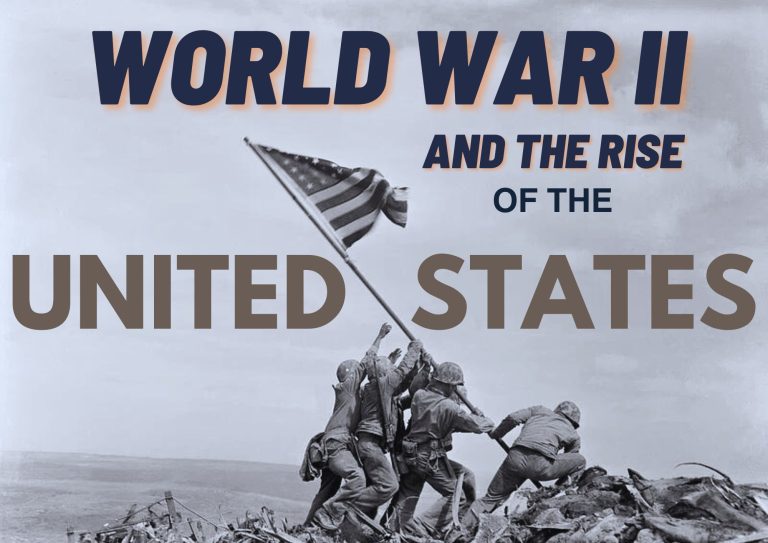The aim of war, as in World War Two, is to accumulate as many resources as one could, such as gold, silver, and raw materials. Also, to control the poor regions where they were found. Don’t forget to make huge amounts of profits and become enormous and all-pervasive.
Economic conditions that contributed to World War II.
After World War I, the Allied Powers held a conference in Paris to sign the Treaty of Versailles. Unfortunately, the poorly structured peace treaty and a global economic crisis created the conditions that led to World War II.
The Treaty of Versailles blamed Germany for the WW1 and asked them to pay reparations. Germany had to give up its colonies and disarm its military. The Weimar Republic chose to suspend the reparation payments; thus, France and Belgium reacted. So, both countries sent their soldiers to the Ruhr valley for occupation and captured the iron and coal industries.
Economic Crisis in Germany
Germany went through a period of crisis. The coal and metal industries started to go down and the manufacturing sector began to decline. The government resorted to printing more money to tackle the crisis and war debts, which, in turn, resulted in hyperinflation.
The American Dawes Plan of 1924 helped achieve the re-establishment of price and economic equilibrium. Nevertheless, hyperinflation destroyed the savings of many middle-class people. This in turn resulted in widespread distrust of the Weimar government, which was based on liberal democracy. This consequently led to fringe left- and right-wing political parties becoming more popular as a result of anger over the Versailles Treaty.
The Great Depression
The Great Depression defeated efforts to create a more democratic and harmonious world order after the First World War. The American stock market crash in 1929 meant that loans to Germany were discontinued. In addition, past debt began to be recalled. The credit crisis brought down the largest Austrian bank (Creditanstalt) in 1931. This caused a domino effect of bank failures in Central Europe. Germany’s banking system also collapsed as a result of the crisis.
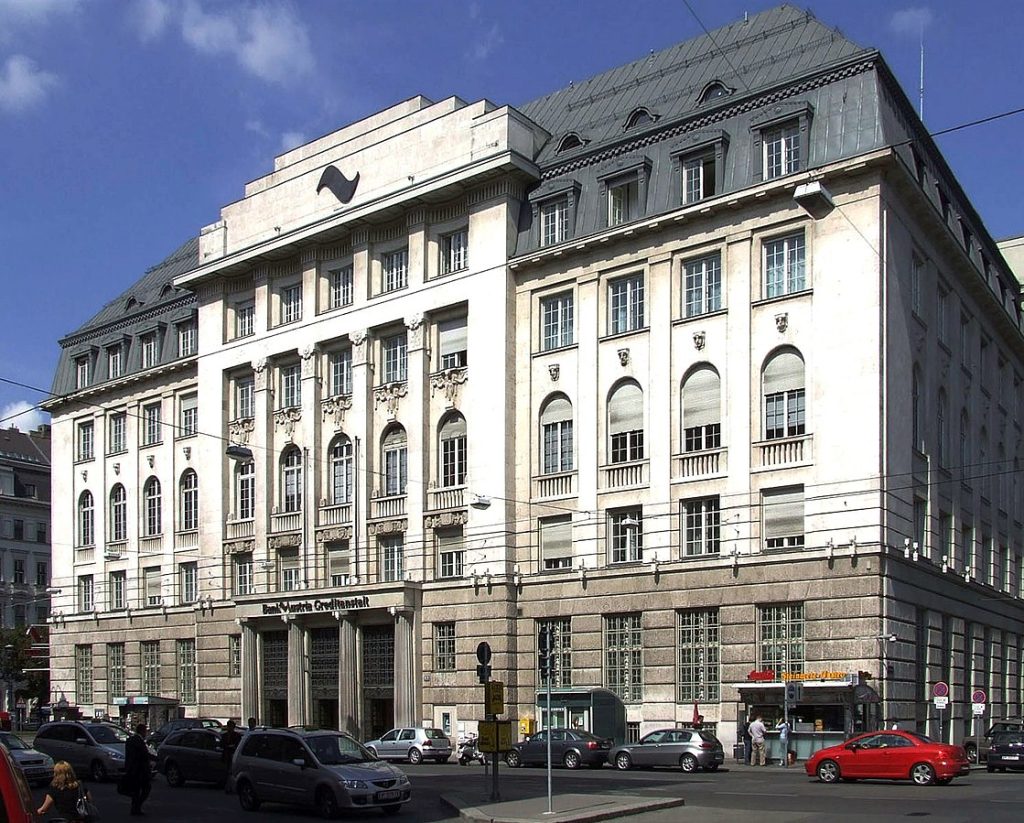
The economic problems that arose in the 1930s were widespread and international. These financial problems also caused political turmoil in various regions. The economic turmoil in Germany increased the popularity of the Nazi Party. It had began as a small group and eventually became the largest political party in the nation. Nazi propaganda pointed fingers at the Treaty of Versailles for Germany’s economic woes and helped increase Hitler‘s popularity. Due to this, Hitler gained popularity and became the Chancellor of Germany in 1933.
Some countries decided to put protective trade barriers during the Great Depression to shelter their industries from foreign competition. These policies helped boost one country’s economy but often hurt others. As an example, countries such as Britain, France, the Soviet Union, and the US were able to seize colonies rich with resources. Nations such as Germany, Italy, and Japan were not.
These countries concluded that they had to get the needed resources from other territories through military action. Therefore, Japan occupied Manchuria in the 1930s, Italy occupied Ethiopia in 1935, and Germany occupied Austria and parts of Czechoslovakia in 1938.
What caused World War II?
Unsettled political problems stemming from World War I, along with the Great Depression, were among the factors that led to World War II. The war began on September 1, 1939, when Germany invaded Poland. Britain and France promised military aid to Poland if it was invaded by Germany. On the second day after Germany attacked, France and Britain consequently declared war on Germany, thus starting World War II.
The Second World War, which had more than 50 countries involved, is regarded as the largest and most devastating war in history. It took place on land, sea, and air across the globe. The war that started in 1939 lasted six years. It ended when the Allies defeated the Axis, made up of Germany, Japan, and Italy. But the final awful blow was a nuclear strike on Hiroshima and Nagasaki by the United States that led Japan to give up in 1945. The number of casualties caused by the war, according to some estimates, was between 60 and 80 million, out of which 55 million were civilians. There was destruction of numerous cities throughout Europe and Asia.
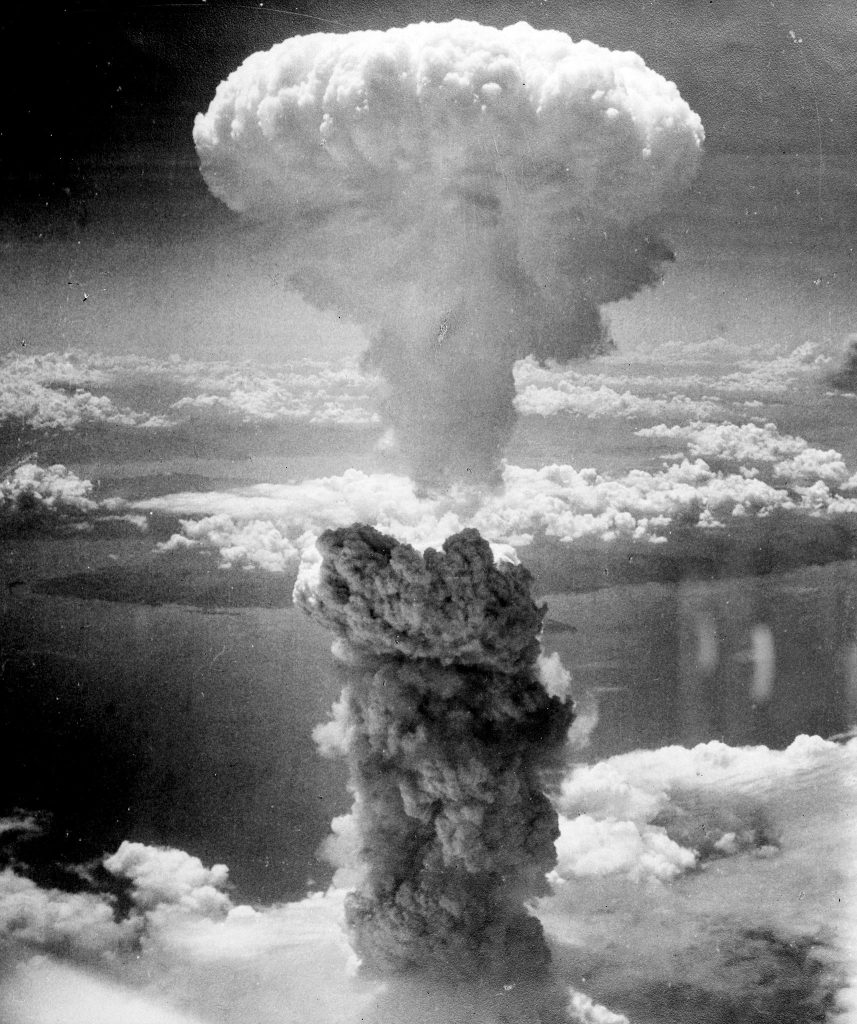
The war gave birth to the United Nations, which acts as a peacemaking institution. In addition, the war brought about the transference of power from Europe to the US and the USSR, both of which emerged as two rival superpowers during the Cold War.
What Happened to Germany After World War II?
After the Second World War ended, Germany was in ruins, and the process of recovery took a long time. The country was split into two parts by the Berlin Wall: the western side turned into a democracy, while the eastern one remained a socialist state. While West Germany progressed with its new currency and a democratic culture, East Germany suffered from a weak economy. In 1989, the Berlin Wall was demolished, and then the two parts of Germany were reunited.
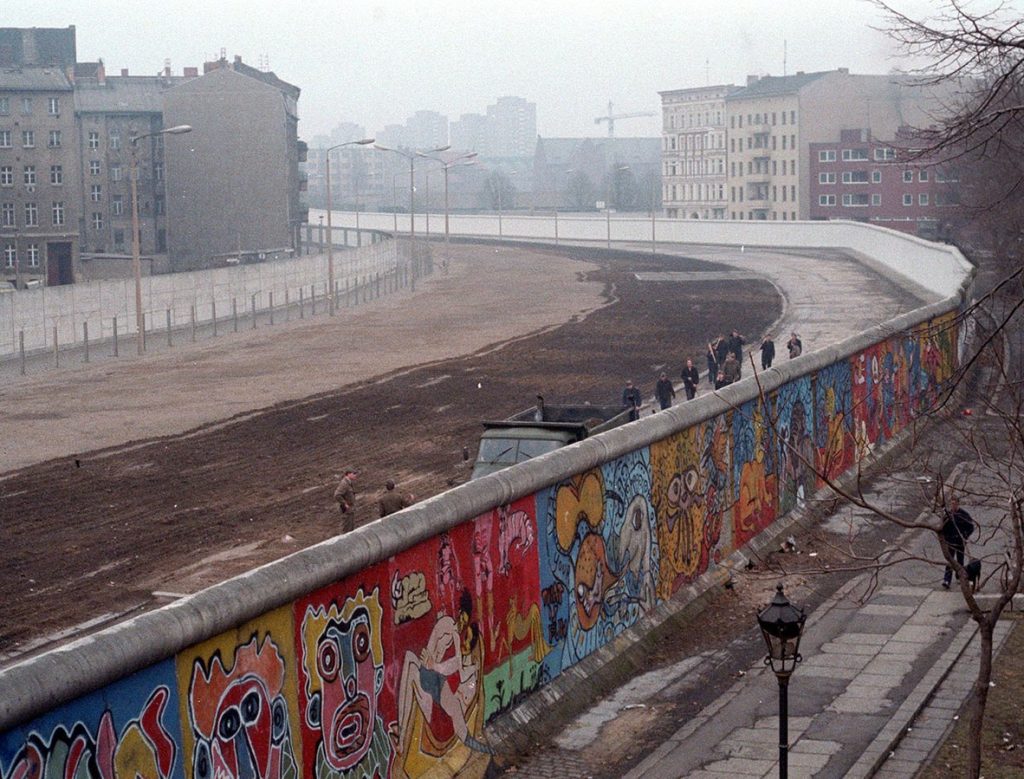
The economic aftermath of World War II
The war was what pulled the United States out of the Great Depression. The destruction was mainly in Hawaii and at military bases overseas. So, Americans focused on strengthening industries instead of rebuilding.
During World War II, America experienced significant changes in its industries. The country ramped up production of war supplies at a rapid pace, converting existing factories for wartime efforts. Guns, ammunition, planes, and ships were mass-produced, along with automobiles like jeeps and tanks. As a result, America emerged as a major industrial force.
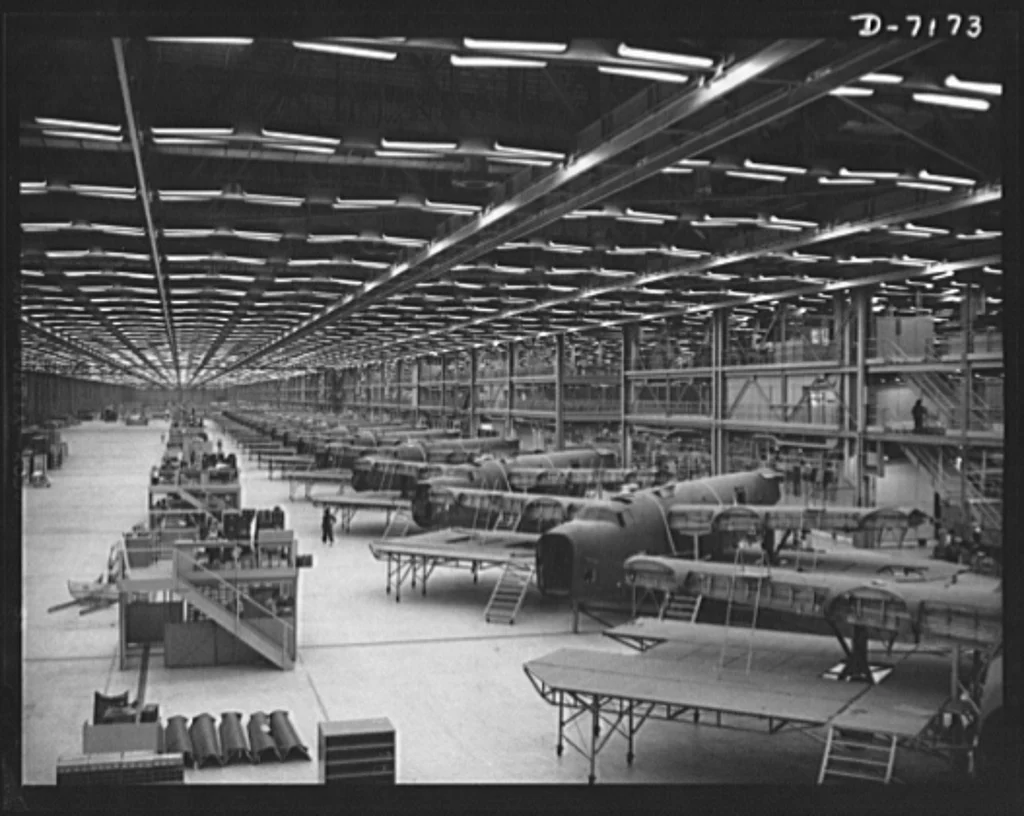
In the past, women weren’t encouraged to work outside the home. But during World War II, they contributed greatly to the production of weapons, ammunition, and other war-related supplies.
17 million new civilian jobs were generated during the war. Industrial productivity went up by 96 percent, and corporate profits doubled after taxes were paid. The needs of the war consumed more than a third of the industry’s output, but the increased productivity led to a significant supply of goods for consumers.
America was the only country that experienced an increase in consumer goods availability despite rationing during the war. By 1944, due to increases in wages and overtime pay, real weekly wages in manufacturing were 50 percent higher than in 1939. The war had a great influence on the development of technology, industries, and new human skills.
The conflict led to everyone having a job and income being distributed more fairly. Salaries went up, and people were able to save more money. The war also made unions more powerful, and agricultural reforms became significant.
How the US Benefited from Two World Wars
During WWI and WWII, the United States supplied goods and resources to Europe by exchanging gold as payment. When the war ended, the USA owned 2/3 of all gold, and Europe was filled with paper currencies and dollar-based loans.
World leaders convened at Bretton Woods after World War II and set up the Bretton Woods System, which created entities like the World Bank and IMF to monitor the global economy and monetary system. They assumed that because the US had a lot of gold, they could fix the value of the US dollar at a certain amount of gold, which would in turn be used as a standard for other currencies.
Essentially, all other currencies can be exchanged for US dollars because the US dollar can be exchanged for gold. Hence, the US dollar became the major reserve currency for the whole world because each country needed to have some dollars to exchange its currency. As a result, the US dollar became the dominant global currency.
Never-ending war
The Korean War, the Cold War, and the Vietnam War all escalated the costs of waging war abroad, including the anticipation of war at home. These large, continuous expenses could only be financed with a loan, which in turn led to the depreciation of the currency. Other countries, like France, saw this and chose to exchange their US-held cash for gold.
This situation could have depleted the gold held by the US. To discontinue this trend, President Nixon took the US dollar off the Gold Standard in 1971. So now you had currencies from other countries redeemable for US dollars, but the US dollar was not backed by anything. Consequently, several countries opted to set their currencies on the free market and let them have a floating exchange rate.
The 1974 deal between the US and Saudi Arabia would allow the petrodollar to be introduced. This action boosted confidence in the US dollar. This agreement stated that all oil trade must be conducted using US dollars, which meant that every country needed to have some dollars in reserve since oil is essential for every nation. This pact enabled the US dollar to become the leading currency for international trade for many years.
The USA and international trade
The United States enjoyed a better trade position internationally since the world was their currency as the reserve currency. This gave them economic dominance after World War II. They could purchase goods from other countries using their currency. Typically, a country like France would need to export enough goods to earn foreign currency to buy Russian rubles to pay for what they want. Nevertheless, the US could pay for goods from France and Russia with US dollars because the US dollar was the reserve currency in France and Russia.
The United States can simply print more of its currency to purchase goods from other countries. Conversely, merely printing money is not recommended unless the economy is expanding. Economic expansion involves creating more goods and services. Essentially, the US is relying on other countries’ labor to boost its economy, or essentially incorporating parts of other countries’ economies into its own. This is all due to the widespread need for American dollars.
Lately, the US has piled up debt, which is more than 33 trillion dollars, and inflation has been growing. Foreign countries are beginning to question the value of the US dollar because of the country’s ongoing trade deficit, which is about 773 billion U.S. dollars as of 2023. The petrodollar system has governed the oil trade so far. But, with China leading the world’s oil imports and presenting a yuan-based oil trading platform, the existence of the petrodollar system is unclear. The BRICS countries also play a role in this shift.
Conclusion
The economic background of World War I provided the needed circumstances for World War II since the Treaty of Versailles and the Great Depression resulted in political disagreements and economic chaos. The war transformed the global economic system. It saw the United States emerge as a dominant industrial power and the dollar become the main global currency. After the war, the Bretton Woods System and the petrodollar system were established, cementing the US’s economic power. However, there is a great deal of uncertainty as to the future of the world economic system. Other countries are looking to move towards trading in other currencies.


